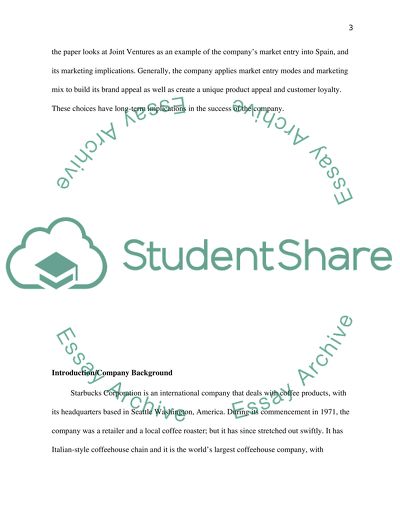Cite this document
(“Foreign market entry and its implication (Starbucks case study) Essay”, n.d.)
Foreign market entry and its implication (Starbucks case study) Essay. Retrieved from https://studentshare.org/marketing/1480014-foreign-market-entry-and-its-implication-starbucks
Foreign market entry and its implication (Starbucks case study) Essay. Retrieved from https://studentshare.org/marketing/1480014-foreign-market-entry-and-its-implication-starbucks
(Foreign Market Entry and Its Implication (Starbucks Case Study) Essay)
Foreign Market Entry and Its Implication (Starbucks Case Study) Essay. https://studentshare.org/marketing/1480014-foreign-market-entry-and-its-implication-starbucks.
Foreign Market Entry and Its Implication (Starbucks Case Study) Essay. https://studentshare.org/marketing/1480014-foreign-market-entry-and-its-implication-starbucks.
“Foreign Market Entry and Its Implication (Starbucks Case Study) Essay”, n.d. https://studentshare.org/marketing/1480014-foreign-market-entry-and-its-implication-starbucks.


